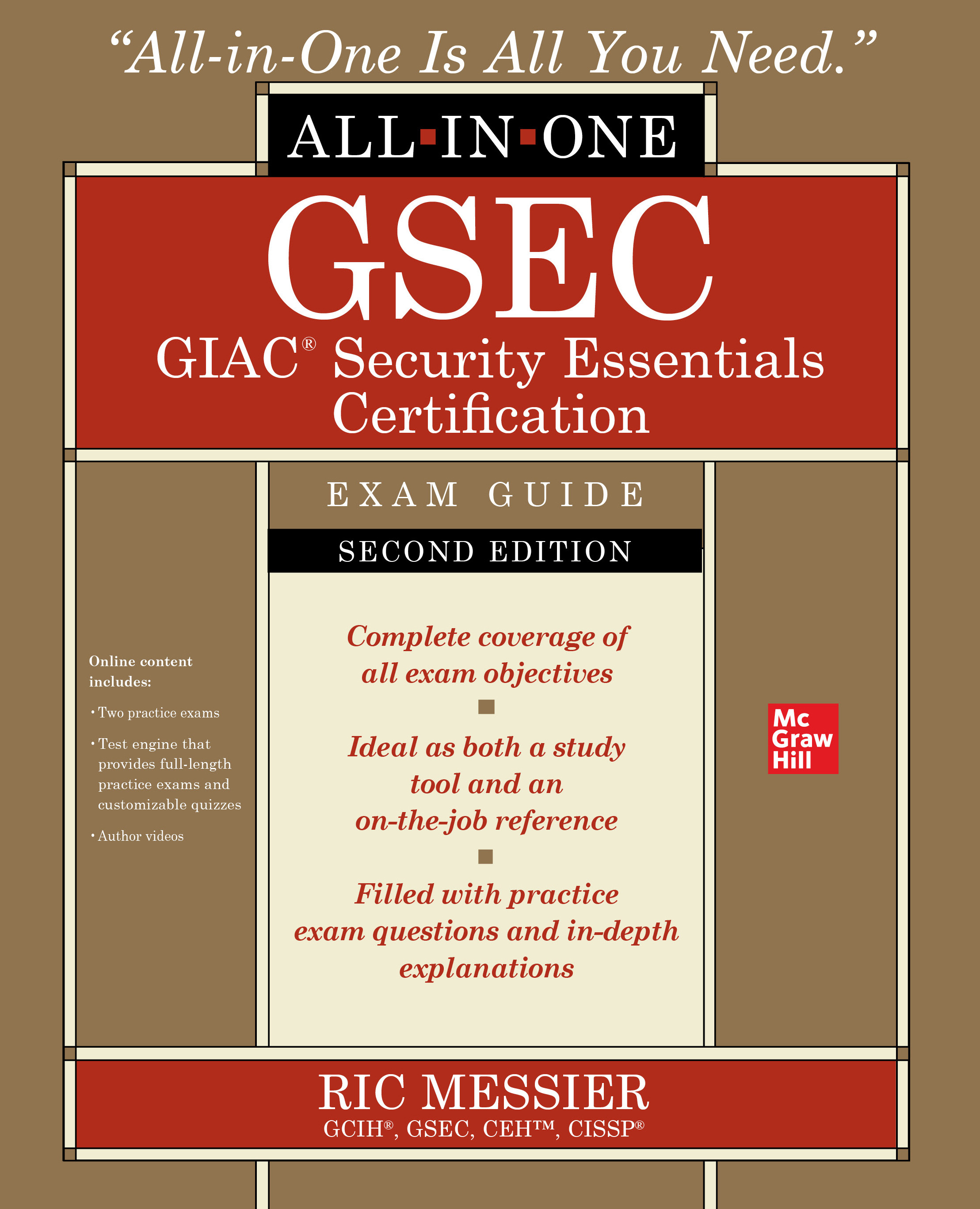During a recent installment of the Security Industry Association’s “Vertical Insights Symposium Series,” Niall Jenkins of Omdia described the higher education sector as “more complex than most of the verticals” that the market research firm assesses.
Driving a good bit of the complexity is simply the various decision makers across a given campus with different security requirements and different budgets, explained Jenkins, who serves as manager of Omdia’s building technologies unit.
“They want to see solutions that have been deployed. They need relevant case studies, typically with a similar location with a similar campus size. The challenge there is to show things that have worked, and to try and pull together some of the different decision makers,” he said.
The disparate security needs and requirements of multiple campus decision makers does offer the opportunity to integrate some physical security systems. This in turn creates the potential to combine budgets — thereby increasing the budget size — and ultimately deploy more efficient, user-friendly solutions from a student perspective. “Rather than having lots of credentials, for example, maybe they can have one credential to access all the different daily activities that they need to do,” Jenkins said. “There are challenges bringing all the different departments together, but fundamentally there does seem to be movement toward that type of solution in the higher education space.”
According to Omdia, the education market in the United States — combining K-12 and higher education — was worth around $1 billion in 2022. Higher education — including universities and colleges, both public and private — accounts for less than 45 percent of that total number. Within the higher education market, video surveillance is by far the most dominant equipment type. The U.S. market for physical security equipment in higher education was estimated to be around $417 million in 2022, with the research firm projecting growth that will far exceed $500 million in 2026.
Jenkins said a key outcome from discussions with physical security equipment vendors is this idea that preventative security solutions are actually very difficult to do without making students feel like they're under surveillance.
“Obviously, students spend a lot of money and time on campuses. They don't want to feel like they're constantly under surveillance, but they want to feel like they're safe,” he said. “So there is a challenge there between ensuring safety, but also making sure that they are not feeling like they're being constantly watched.”
Some trends around mitigating that concern are the proliferation of security cameras that provide an expanded field of view. “So things like dual and multi-sensor cameras are increasing in acceptance and gaining market share in the higher education space because they can provide that surveillance but without encroaching on the students perception of being surveilled,” Jenkins said.
Vandal-resistant cameras were also cited as gaining traction, as are video analytics to watch for activities such as loitering, virtual tracking and tripwire. “Those were the algorithms that were predicted to increase in popularity. We didn't actually hear too much around facial recognition in our research discussions,” Jenkins said.
Among the many vertical markets studied by Omdia, higher education also stands out as being more accepting of multiple types of technology than most other sectors, Jenkins said.
“Whether that's video analytics, whether that's looking at mobile credentials as an access control methodology, whether it's looking at some of the mass notification and duress solutions, there does seem to be the potential to sell new technology into the higher education space,” he added.
As for access control, enterprise-level solutions are a necessity when managing thousands of students, and in some cases 60,000 to 70,000 at the very large college campuses. Not to mention the hundreds of staff along with the significant numbers of visitors that may be on site for very short periods of time.
“Another important trend that has been tracked by our access control analysts is the move toward mobile credentials, using smartphones instead of a traditional badge or ID credential,” Jenkins said. “The higher education market is actually one of the few verticals where our analyst team actually forecast that mobile credentials will replace badges and ID cards in the long run.”
Jenkins cites a couple of top reasons. Firstly, there are such a large number of credentials in the college space, especially at the larger colleges, that it makes sense to move to something lower cost and leverage smartphones already being carried by students.
“In comparison to other verticals there is a real opportunity there. Privacy was another top reason. Encrypted mobile credentials offer more privacy. And, equally, the loss of badges can be quite a costly challenge for an access control system to manage. So using smartphones, given the scale of some colleges, can actually be quite a positive approach.”
Jenkins noted one final rising trend around audio systems that can provide direction in the event of an emergency.
“There is also some opportunity for mass notification and video screens as well to do the same, perhaps with maps, perhaps with arrows,” he said. “But fundamentally to be more smart in terms of the response and funnel people in a more organized and safer way.”








